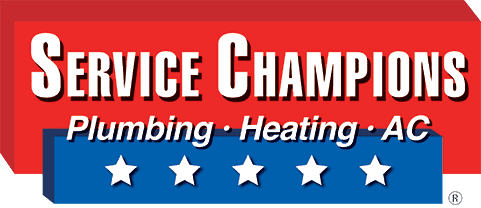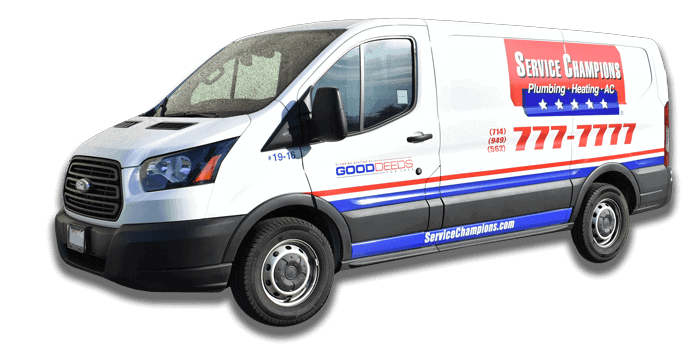Plumbing Upgrades to Improve Your Home’s Efficiency
The plumbing system is a vital component of your home. You need it to deliver clean water and removing waste efficiently. While we often take our plumbing for granted, it plays a significant role in our daily lives. This is never more apparent than when something goes wrong.
Ensuring that your plumbing system is not only functional but also efficient is essential for both your comfort and your budget. This guide from Service Champions covers all the available plumbing upgrades that can improve your home’s efficiency, helping you save water, energy, and money.
Low-Flow Fixtures
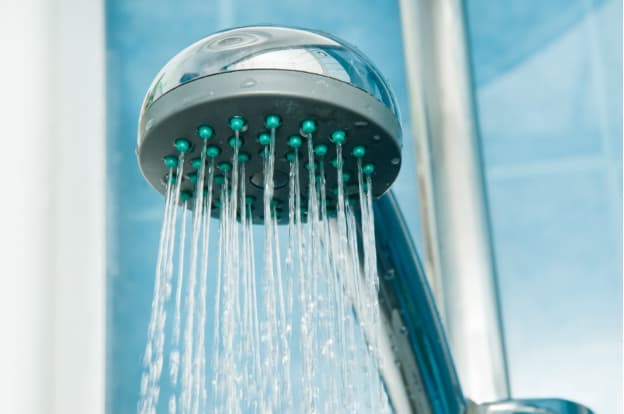
One of the most effective and straightforward plumbing upgrades to enhance efficiency is the installation of low-flow fixtures. Low-flow faucets, showerheads, and toilets are designed to reduce water consumption without sacrificing performance. Here are some options:
- Low-flow faucets:Traditional faucets can use around 2.2 gallons per minute (GPM), while low-flow faucets typically use 1.5 GPM or less. BY reducing the flow of water, you can cut down on both water waste and your water bill. Additionally, some low-flow faucets come with aerators that mix air with water, creating a feel of a higher flow rate while using less water.
- Low-flow showerheads:Showering accounts for a large portion of most household’s water consumption. Low-flow showerheads use 2 GPM or less, whereas older models may use 3.5 GPM or more. This upgrade not only conserves water but lowers your energy bills because it uses less hot water.
- Low-flow toilets:Traditional toilets use around 3.5 to 5 gallons per flush (GPF), while low-flow toilets use about 1.6 GPF or less. Dual-flush toilets offer even more flexibility, allowing you to choose between a low-volume flush for liquid waste and a high-volume flush for solid waste.
Tankless Water Heaters
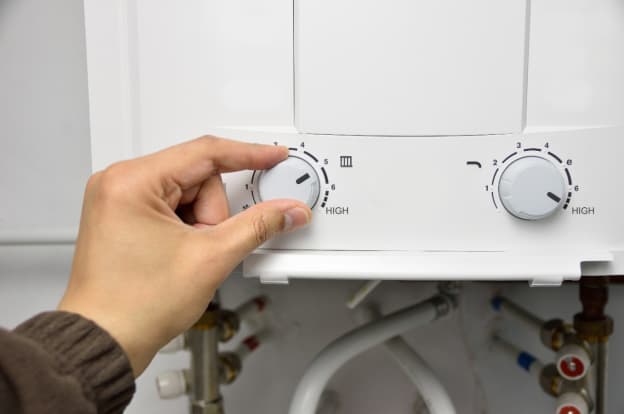
Conventional tank water heaters continuously heat and store a large volume of water, leading to standby energy losses. Tankless water heaters – or on-demand water heaters – heat water as it’s needed. These systems are more energy-efficient and offer a range of benefits:
- Endless hot water:Tankless water heaters provide an endless supply of hot water, as there’s no tank to deplete. You won’t need to worry about running out of hot water during a long shower or a large load of laundry.
- Space savings:Tankless units are much smaller than traditional water heaters, freeing up space in your utility room or basement.
- Energy efficiency:Tankless water heaters only heat water when it’s required, so they can be up to 30% more energy efficient than tank-style water heaters. This can result in significant savings on your energy bills.
- Longevity:Tankless water heaters have a longer lifespan compared to tank water heaters. They can last up to 20 years, which is often double the lifespan of tank-style units.
Insulate Your Pipes
Insulating your plumbing pipes is a simple and cost-effective way to improve your home’s plumbing efficiency. When hot water travels through uninsulated pipes, it can lose heat. This causes much longer wait times for hot water and increased energy consumption. Insulation can help maintain the temperature of the water within the pipes and reduce heat loss. You won’t need to run the tap as long to get hot water, saving both water and energy.

Pipe insulation is typically made of foam or fiberglass and can be easily installed on your own. It’s especially beneficial in homes with long plumbing runs or pipes located in unheated areas, such as basements or crawl spaces.
Upgrade Your Water Heater’s Thermostat
Your water heater’s thermostat is responsible for regulating the temperature of the water in the tank. Many water heaters come with a default setting of 140°F. This is often higher than most households need, however. If you reduce the thermostat setting to 120°F, you can save energy without compromising your comfort.
Along with that, lowering the temperature reduces the risk of scalding and can extend the life of your water heater by reducing the stress on its components. It’s a simple adjustment that can be done by following the manufacturer’s instructions, which are typically located on the side of the water heater or in the user’s manual.
Fix Leaks and Drips
A dripping faucet or constantly running toilet may not seem like a big deal, but over time, these small issues can add up to significant water wastage and higher water bills. It’s essential promptly address any leaks and drips in your plumbing system.
- Dripping faucets:Dripping faucets are often caused by worn-out washers or seals. Replacing these components is a simple DIY task that you can do yourself, but if you don’t feel comfortable, don’t hesitate to call the pros at Service Champions to fix the issue.
- Running toilets:Running toilets are usually the result of a faulty flapper or fill valve. Replacing these parts is a cost-effective solution that can prevent water wastage and reduce your water bill.
- Leaking pipes:Leaking pipes can cause water damage and should be addressed immediately. Depending on the severity of the leak, it may require a simple repair or the replacement of a section of the pipe.
Consider a Water Recirculation System
Waiting for hot water can be frustrating and wasteful. A water recirculation system can help solve this problem by keeping hot water readily available at your faucets. These systems work by circulating hot water from the water heater to the fixtures through a dedication return line, so you don’t have to run the tap and waste water while waiting for it to heat up.
There are different types of water recirculation systems, including on-demand recirculation pumps and timer-controlled systems. While these systems can be an initial investment, they can save you both water and energy in the long run.
Install a Water Softener
Hard water can lead to a variety of plumbing issues that reduce the efficiency of your plumbing system. Hard water contains high levels of minerals, primarily calcium and magnesium, which can lead to mineral buildup in pipes, faucets, and appliances. Over time, this buildup can reduce water flow and efficiency.
Installing a water softener can help combat the effects of hard water by removing these minerals. Softened water not only helps prevent scale buildup but also extends the life of your plumbing fixtures and appliances, reducing the need for repairs and replacements.
Upgrade Your Sewer Lines
While much of the focus has been on improving the efficiency of water delivery, it’s also important to consider the efficiency of waste removal. Older sewer lines made of materials like clay or cast iron can develop problems over time, leading to more expensive repairs and blockages. Upgrading to modern, durable materials like PVC or HDPE can improve the efficiency of waste removal and reduce the likelihood of clogs and backups.
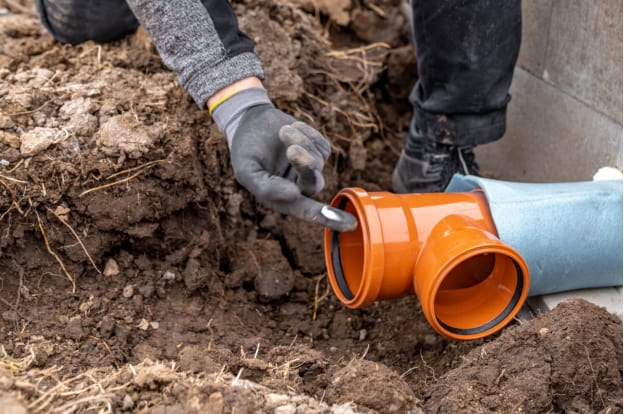
You should also consider installing a backwater valve to prevent sewage from backing up into your home during heavy rains or sewer line backups. This valve can be a valuable addition to your plumbing system, protecting your property from damage and avoiding costly cleanup.
Rainwater Harvesting
While not directly related to your indoor plumbing, rainwater harvesting is an eco-friendly and efficient way to reduce your reliance on municipal water supplies. Installing a rainwater harvesting system involves collecting and storing rainwater from your roof, which can then be used for outdoor irrigation, flushing toilets, or other tasks. By using rainwater for non-potable purposes, you can reduce your water consumption and your water bills.
Rainwater harvesting systems typically include gutters, downspouts, storage tanks, and filtration systems to ensure the collected water is clean and safe for use. Depending on local regulations, you may be eligible for rebates or incentives for implementing rainwater harvesting in your home.
Smart Plumbing Systems
Advancements in technology have led to the development of smart plumbing systems that can enhance efficiency and convenience in your home. These systems offer features like remote monitoring, leak detection, and the ability to control water usage through smartphone apps.
Some of the other benefits of smart plumbing systems include:
- Leak detection:Smart plumbing systems can detect leaks and notify you in real-time, helping you prevent water damage and reduce repair costs.
- Water usage tracking:You can monitor your water consumption in real-time and set usage limits, allowing you to identify opportunities to conserve water.
- Remote control:Some systems allow you to control your fixtures remotely, so you can turn off the water or adjust the temperature from your smartphone.
- Water heater control:Smart water heaters can optimize heating schedules, ensuring you have hot water as needed while minimizing your energy consumption.
- Integration: Many smart plumbing systems can be integrated into your home automation ecosystem, providing a seamless user experience.
Regular Maintenance
Efficiency improvements aren’t limited to upgrades and replacements. Plumbing maintenance is essential for ensuring it operates efficiently. Here are some key tasks:
- Flushing the water heater to remove sediment from the bottom of the tank.
- Checking plumbing fixtures, pipes, and connections for signs of leaks.
- Cleaning aerators to remove mineral deposits that reduce water flow.
- Inspecting and maintaining your sewer line for signs of blockages or tree roots.
Plumbing Upgrades and Maintenance from Service Champions
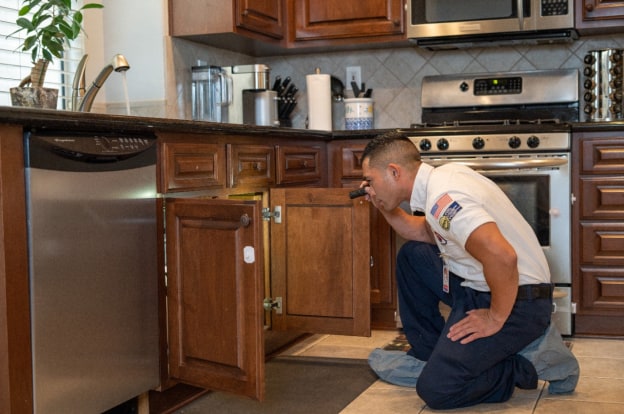
Plumbing upgrades to improve your home’s efficiency are not just environmentally friendly but economically advantageous. By reducing water and energy consumption, you can conserve resources, lower your utility bills, and reduce your environmental footprint.
Looking to get some plumbing upgrades? Contact the pros at Service Champions and schedule your appointment!
